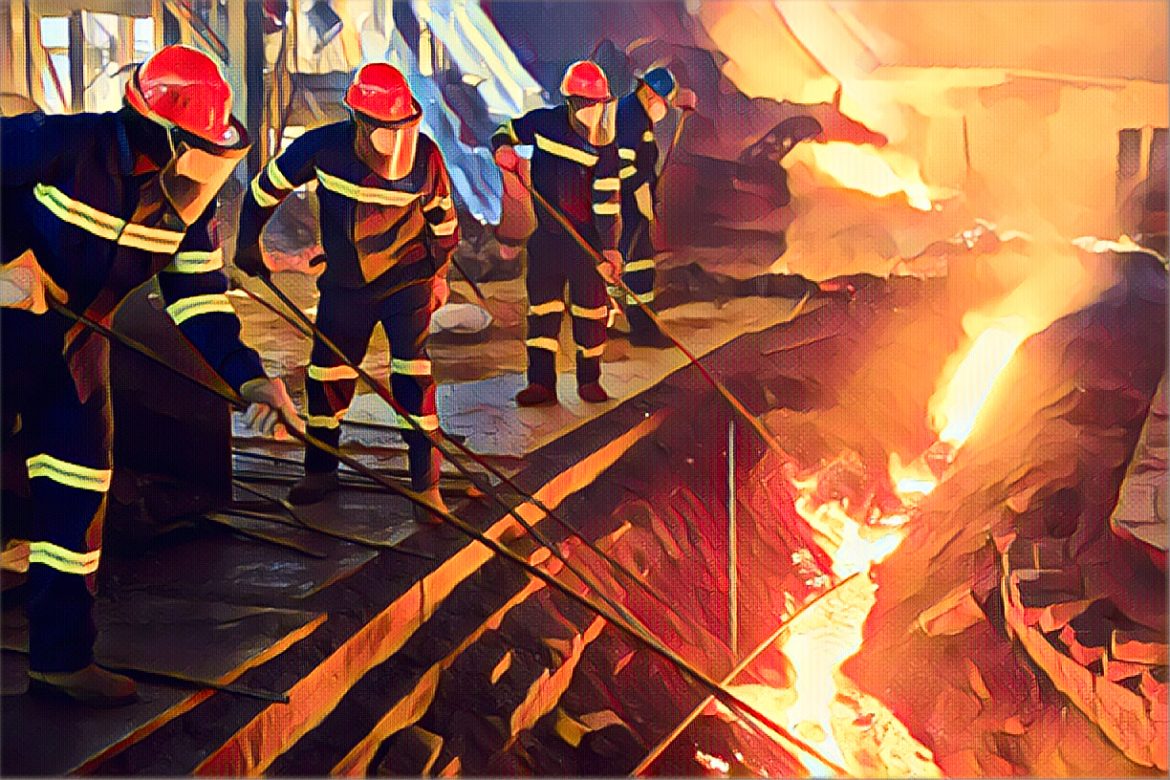KEY POINTS
- Chinese-backed steel plant in Zimbabwe promises economic growth but raises environmental concerns.
- The project aims to boost Zimbabwe’s economy by generating jobs and increasing exports.
- Local communities express worry over potential pollution and environmental degradation.
A new Chinese backed steel plant in Zimbabwe is raising questions about the benefits of the project and its implications for the environment.
Despite its potential to generate large economic returns, create employment, and boost exports, the project is one of the largest foreign investments in Zimbabwe in recent years. Nevertheless, pollution and ecological impacts have been risen as an issue on the sustainability and some of the impacts of the steel plant to the people and the environment.
The giant steel plant project is in Mvuma and it is being implemented by Chinese firm Tsingshan Holdings that intends to pump billions of dollars into the Zimbabwe industrial base. According to New Zimbabwe, the plant will produce 1.2 million tons of steel per year, which will help Zimbabwe become a major supplier of steel in Africa.
Economic potential and promised employment
The steel plant has been defended by its supporters as an economic opportunity that could be of benefit to Zimbabwe. Due to the high levels of unemployment and slow industrialization the plant is likely to offer thousands of employment opportunities both internally for the plant and externally for the industries related to the plant.
Further, the plant is expected to enhance the export capacity of Zimbabwe since steel production may increase the export revenue and enhance the stability of the Zimbabwean economy.
The government officials have endorsed the project because they view it as a way of enhancing the country’s economic diversification.
More production of steel could help Zimbabwe to cut on importation of steel and at the same time the country could be seen as an industrialist hub in the region. However, the desire to make economic profits is balanced by severe concerns expressed by environmental organizations and residents.
Environmental issues and public response
The economic impact is quite positive, however, citizens and environmentalists are concerned about the negative impact of the steel plant to the environment. Some of the problems are air and water pollution, deforestation, and problems with waste disposal.
The community is most concerned with the impact of the plant on water sources within the community and its effects on human and animal health, as well as on crops.
Opponents of big steel-making industry already stated that its presence has negative impacts such as carbon emission and pollution of the environment which may affect nearby ecological systems.
The local advocacy groups have demanded that the government tighten the environmental standards and pressuring Tsingshan Holdings to reveal its strategies of reducing pollution and protecting the environment.
Sustainability and economic development: a case of the United States
The Chinese steel plant is an example of a dilemma that Zimbabwe has to face in its development – the development of the economy on the one hand and the protection of the environment on the other. Although the plant could bring about considerable economic development, its social and physical environment effects could be detrimental to the quality of life and the resources of the region.
New Zimbabwe has reported that while both the government and companies have agreed to practice responsible behavior, the community continues to be skeptical. Environmentalists expect the new government to embrace environmental friendly policies, which would mean constant supervision and adherence to environmental laws to conserve Zimbabwe’s environment.
Zimbabwe’s steel plant project hence lies at a fork, it can be the much needed economic boost or a lesson in environmental sustainability. For now, which strategy to follow is still a mix of optimism and wariness, as the nation waits to see if economic development can dance with stewardship for the earth


